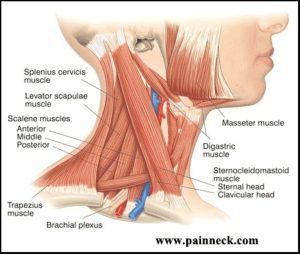Welcome to the 4th part of our whiplash series! We have already discussed the anatomy, what whiplash is, and what to do if you have just been injured, medical procedures, and what to expect with physical therapy. For this post we will focus on chronic whiplash & PT specifically. Chronic means that it’s been going on for more than 3 months, which can really start to impact your work, relationships, and exercise. We’ll also touch on why physical therapy is your best option for long-term relief.
What you can do about a chronic case of whiplash?
When it comes to chronic whiplash there is good and bad news. The bad news is that if you are one of the many with a case of chronic whiplash, you may have been experiencing ongoing headaches, potentially dizziness, and neck pain and ache. Your muscles have been infiltrated with fatty tissue which has made them weaker, and your neck has become unstable. The receptors that tell your brain where your head is positioned in space have adapted to this new level of stability and view it as normal, despite your pain. That sounds like a lot of bad news! Well, not all is lost. The good…or great news is that your muscles are still designed to adapt to progressive overload and will still respond to strengthening!1 They may not respond as quickly as they once did, but they will respond nonetheless, they have no choice, it’s what they were built for.

In order to optimize the strengthening process, your physical therapist will build a program for you that includes: strength, endurance, range of motion, and sensorimotor rehabilitation. This requires that they alter the sets, repetitions, and intensity throughout your program. This change in variables is called periodization, which we will get into in another post. Long story short, your program should not contain 3 sets of 10 repetitions at a moderate difficulty all day long. With an appropriately built program you and your therapist should be able to make significant progress in reducing your pain if it is due to prolonged whiplash symptoms secondary to muscular damage and not due to a more degenerative process.
Have you been dealing with the impact of chronic whiplash for months or even years without relief? We’d love to find out how we can help.
Elliott J, Dayanidhi S, Hazle C, et al. Advancements in Imaging Technology: Do They (or will they) Equate to advancements in Our Knowledge of Recovery in Whiplash? J Orthop Sports Phys Ther. 46(10):862-870.



